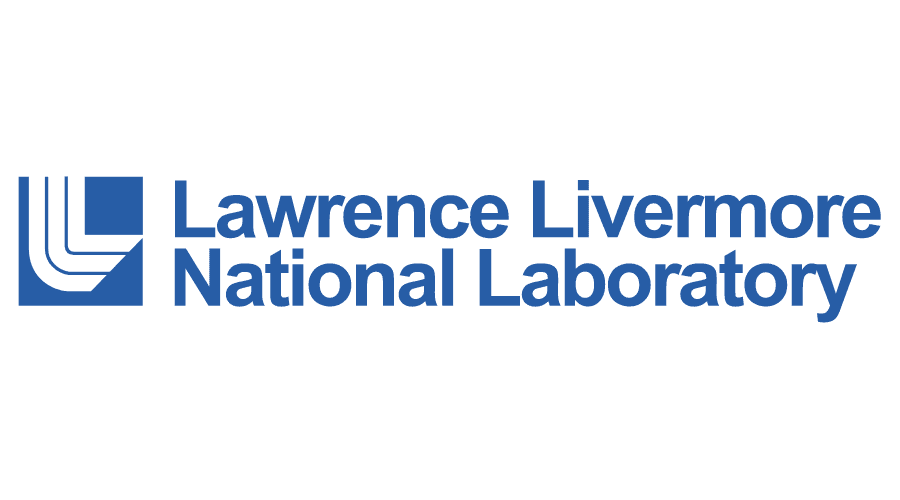Fusion plasma confinement could be enhanced with recent magnetic fields breakthrough. For decades, researchers and engineers have been working to develop reactors that can achieve nuclear fusion to meet the increasing need for clean and limitless energy. The success of such experiments depends on multiple critical factors, including optimized magnetic fields that could facilitate enhanced fusion plasma confinement.
Introduced by researchers at Laboratorio Nacional de Fusión–CIEMAT in Spain, the new group of magnetic fields is claimed to be better suited for confining particles in fusion devices than other types of magnetic fields.
With the aid of such magnetic fields, the researchers emphasize that the devices won’t require complex equipment configurations. The new development is claimed to be an important step for the creation of commercial fusion reactors.
The study, titled Piecewise Omnigenous Stellarators, was published in the journal Physical Review Letters. It presents a new family of optimized fields that display tokamak-like collisional energy transport while having transitioning particles. This result broadens the space of accessible reactor-relevant configurations. Researchers focused on less understood magnetic fields that could enhance the design of future stellarator reactors.
José Luis Velasco is the first author of the paper. He stated that in the last few years, there have been many initiatives proposing the design and construction of new experimental fusion devices and reactor prototypes.
Velasco said, “When these projects design the magnetic field that will confine the fusion plasma, practically all of them try to make the field omnigenous. The fact that inspired our research is that the fusion community actually knew that it is possible to have magnetic fields that are quite far from being omnigenous but still display good plasma confinement (e.g., the Large Helical Device, an experimental device operating in Japan, and some old and recent numerical experiments in U.S.).”
In omnigenous magnetic fields, charged particles are well confined in the absence of collisions and turbulence. For this reason, the magnetic configuration is optimized to be near omnigenity in any design for a stellarator fusion reactor.
Researchers maintain that attempting to reach omnigenity imposes severe constraints on the spatial variation of the magnetic field. The topology of the contours of constant magnetic field strength on each magnetic surface must contain no particles transitioning between different types of wells. This usually leads to complicated plasma shapes and coils, according to the study.
Generating electricity from fusion reactions will be possible when the plasma inside stellarators is hot enough. This can be achieved by carefully designing the magnetic fields that are used to confine the particles.
This process is referred to as “optimizing the stellarator,” which ensures that the particles that make up the plasma stay, along their trajectories, close to the same magnetic surface. Velasco emphasized that in order to achieve omnigenity, it is necessary to optimize the stellarator “as a whole.”
Researchers found that similarly good confinement properties are obtained if one ‘splits’ each magnetic surface of the stellarator into several pieces and optimizes each of them separately. Hence the name “piecewise omnigenous.”
Piecewise Omnigenous Stellarators






